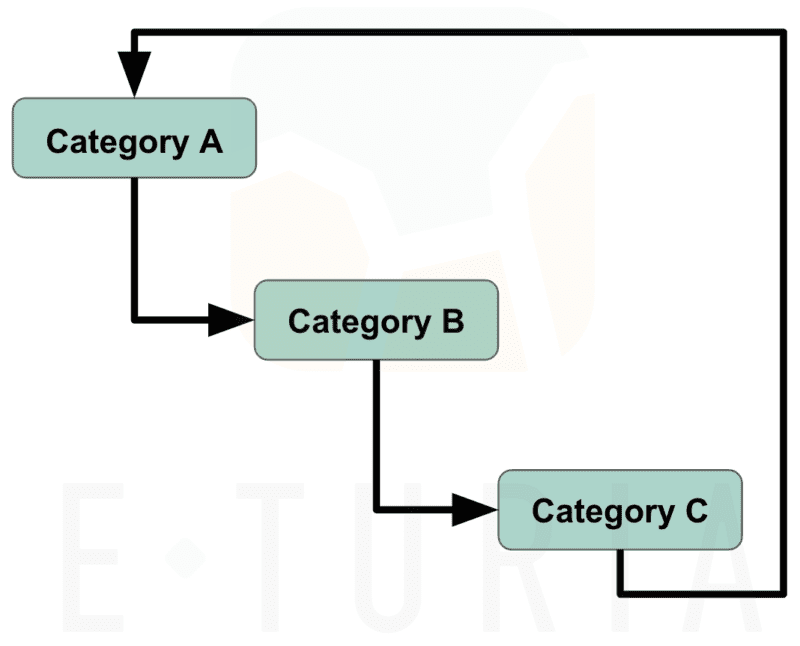Maintaining clean and reliable data is crucial for smooth operations in SAP Commerce Cloud. Unexpected consequences can arise when bad data sneaks into the system, causing unforeseen issues our code isn’t prepared to handle. One common pitfall is encountering a StackOverflowError due to loops between parent and child instances of a given type. In this article, we’ll explore the potential complications caused by category loops, explore detection mechanisms, and discuss strategies to prevent these looping predicaments.
Understanding the hybris Default Approach
In SAP Commerce, obtaining all subcategories or supercategories of a given CategoryModel is a routine task. The common practice involves using dynamic attributes and the CategoryService interface. Specifically, the dynamic attributes CategoryAllSubcategories and CategoryAllSupercategories handle the collection of subcategories and supercategories, respectively. These attributes leverage the CategoryService interface, invoking the getAllSubcategoriesForCategory and getAllSupercategoriesForCategory methods internally.
The DefaultCategoryService’s Recursive Traversal

Both getAllSubcategoriesForCategory and getAllSupercategoriesForCategory methods in the DefaultCategoryService implementation perform recursive traversals of the category hierarchy. These methods aim to accumulate categories from all child or parent levels by iterating over different category levels. However, a deeper look reveals a critical limitation in the default implementation.
Cycle Detection and Limitation
The default implementation in DefaultCategoryService recursively collects all subcategories from all category levels, so it finishes successfully when processing well-formed category trees such as this one:
- Category A
- Category B
- Category C
- Category D
- Category B
However, this recursive algorithm doesn’t account for categories already visited in previous levels. Consequently, circular references in the category tree can still lead to infinite loops. Consider the following scenario:
- Category A
- Category B
- Category C
- Category A (back reference)
- Category C
- Category B
In this example, the loop involving Category A, B, and C will undoubtedly lead to an infinite loop that the current mechanism cannot prevent. Another example that would cause an infinite loop is the following one:
- Category A
- Category B -> Category C
- Category C -> Category B
A Script for Detecting Category Loops
We provide the following Groovy script to help identify category loops within your SAP Commerce system. This script can be executed in the Scripting Languages section of the hAC (Hybris Administration Console):
This script aids in detecting category loops and can be a valuable tool in identifying potential trouble spots within your category hierarchy.
Enhancing Category Cycle Detection
While the default SAP Commerce code provides a basic solution for collecting subcategories and supercategories, complex scenarios demand a more robust solution. The need arises for projects with intricate category trees and hierarchies to enhance cycle detection mechanisms. A recommended approach involves utilizing a visited set to track traversed categories during the hierarchy exploration. This approach offers a more comprehensive cycle detection mechanism by considering the entire traversal path and checking for circular references. The pseudocode for that approach could look like this:
Conclusion
Ensuring a smooth SAP Commerce experience hinges on diligent data management. As we have seen, the default category traversal mechanism might fall short in scenarios with erratic data in the system. Be proactive in identifying and resolving category loops by leveraging the script provided here and considering advanced cycle detection strategies. Implementing a comprehensive cycle detection mechanism will ensure your SAP Commerce system remains stable and resilient, even in challenging category relationships.
E-Turia is ready to help if you or your team require assistance with an SAP Commerce Cloud project. Please feel free to get in touch with us by email at [email protected] or contact us in the form below, and we will get back to you for a free consultation.
